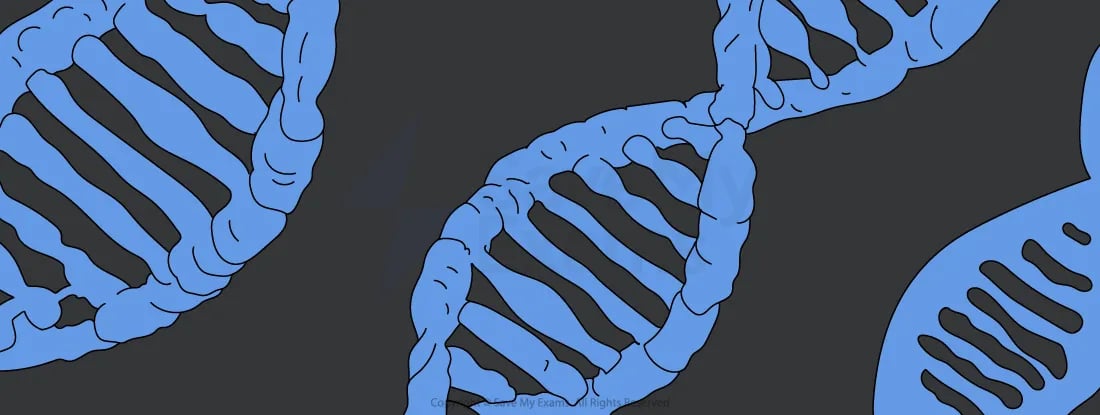Biological explanations of gender dysphoria
- The DSM-5 –TR (2022) defines gender dysphoria as “clinically significant distress or impairment related to gender incongruence, which may include desire to change primary and/or secondary sex characteristics”
- In simpler language, it describes the feelings of distress experienced when a person’s assigned gender does not match the gender to which they feel they belong
- Gender dysphoria is an example of atypical gender development that is described as a gender identity disorder (however, it is important to note that not all transgender people experience gender dysphoria)
- Biological explanations of gender dysphoria focus on genetics, hormones and brain differences
- Genetic explanation:
- Inherited gene variants, such as a longer than usual androgenreceptor gene have been detected in gene-profiling studies, resulting in biological males being unresponsive to testosterone and therefore having an absence of male features
- Hormonal explanation:
- A disorder in the mother’s hormonal system, maternal stress, medication or illness during pregnancy may interfere with hormonal levels and may expose a female foetus to an excess of testosterone or a male foetus to a dearth of testosterone which results in babies with some of the physical features of the opposite sex
- Explanation from brain differences:
- The sexually-dimorphic nucleus region in the hypothalamus is 2.5 times larger in males than in females and post-mortems conducted on the brains of male-to-female transgender individuals have found this region to be smaller and more typical of a female brain

Biological explanations of gender dysphoria are often genetic.


